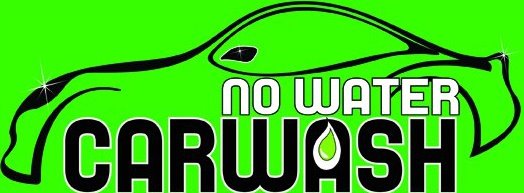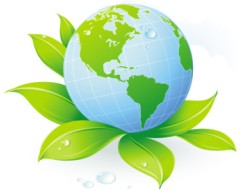When we think about car washing what immediately comes to our minds is a whole lot of water and some soap with which we scrub and then wash off clean. But the term waterless conjures up quite a different scene in our minds. Waterless car washing is not cleaning the car without using any water at all but rather using very little amount. So, related to the name itself people have some common misconceptions about the process and results and this discussion aims to expel those.
Myth 1: Car paint will get scratched by this method of car wash.
Common sense and technique comes into play when avoiding scratches on the car. First, quality microfiber towels must be used, weighing minimum 300 grams per square meter; check the tag carefully or ask the manufacturer. Light strokes must be used for picking up of dirt, there should be no rubbing. For sandy or muddy surfaces go for a pre-rinse to remove the heavy contaminants.
Myth 2: A product for waterless car wash and that for quick detailing are the same thing.
This may not hold true for all brands but generally the cleaning power of products for waterless washing have better cleaning power as compared to quick detailers. pH builders, surfactants and lubricants are combined in those washing products so that the surface grime breaks down more effectively. But quick detailers are just used for adding of instant gloss or shine to the paint of car and not engineered specifically to clean it.
Myth 3: All waterless washing products are same
This is not really so. There are various varieties with many differences. When you view the array you should ask questions like:
- Disclosure of full ingredient list?
- Petroleum-distillate based or water-based formula?
- Are there protective agents like Teflon, Carnauba wax, PEG, Silicone emulsion, etc in the formula?
- Does the formula contain Isopropyl Alcohol?
- Can it be used for both windows and paint?
- Are there dyes or fragrances? Are they natural or synthetic?
- Pump sprayer or aerosol?
Myth 4: Waterless washing product is not environmentally friendly approach
To analyze this we should compare this method with other available methods. For example in case of commercial car washing, according to surveys and research per wash 45 gallons water is needed. The running of equipment and reclaiming of water needs energy. The normal bucket and hose wash requires around 80 to 140 gallons of water in each wash. Oils, soapy suds and brake dust are discharged into the environment, not to mention the costs of energy needed and water sanitation carried out. In case of waterless washing you just need 4 to 6 oz of formula to clean up the entire car, no waste of water or energy, making this a very viable and environmentally friendly option for you.
When you adopt waterless method for yourself you will be able to save water, chemicals and energy, not to mention a lot of hassles as well. In this respect you may keep in mind that everyday millions of cars are washed and in your own way you may be able to make some impact.






